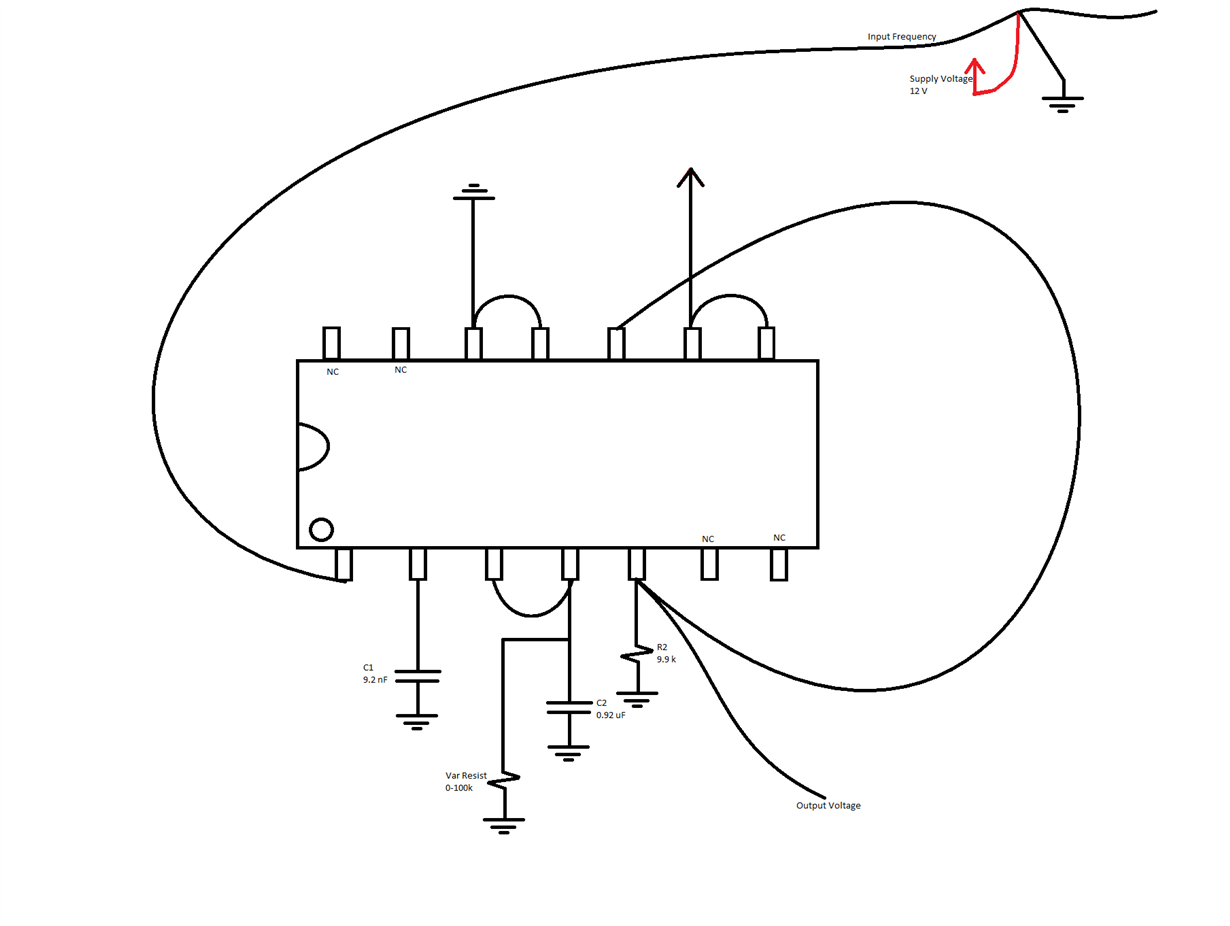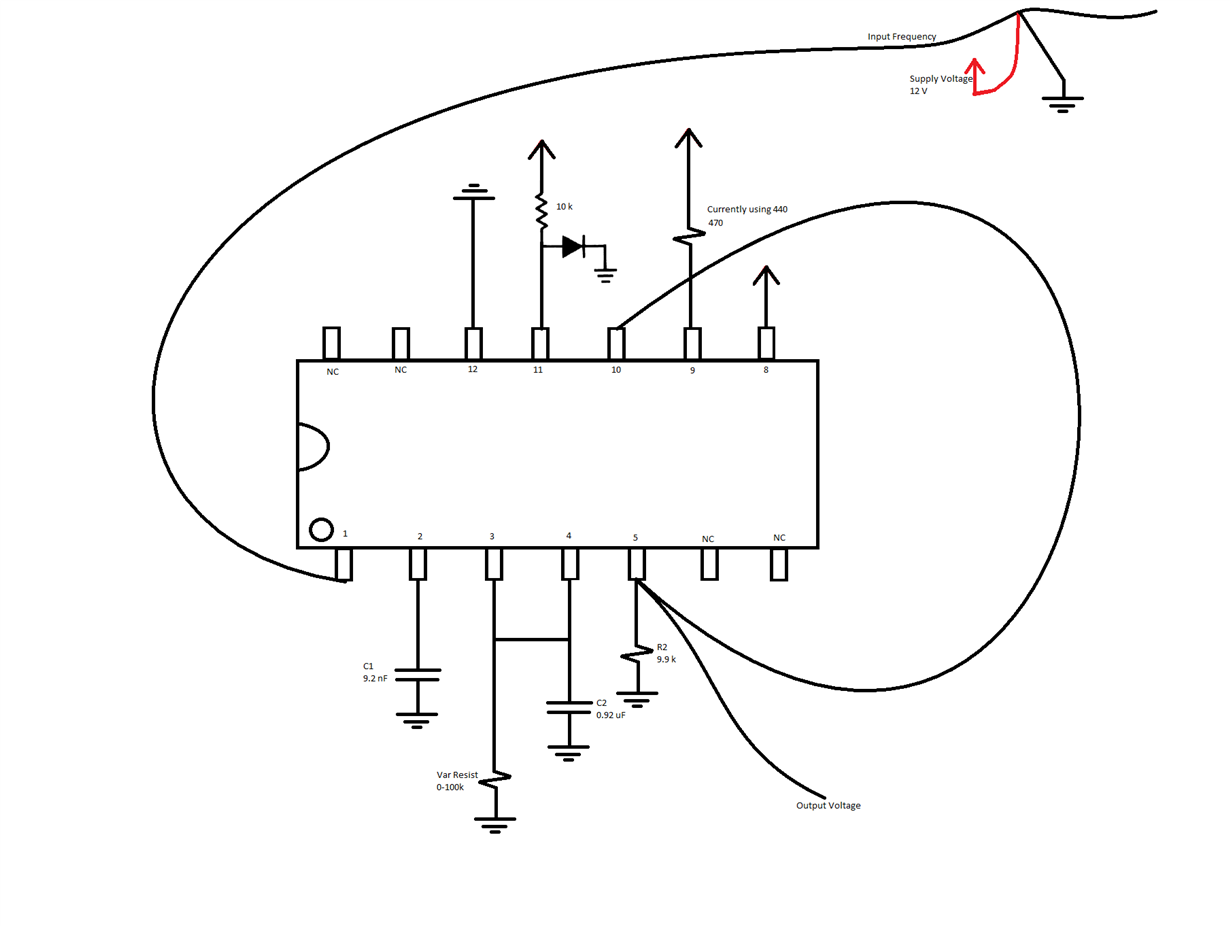Other Parts Discussed in Thread: VFC320, LM2917-N
I'm having trouble developing a circuit that will simply turn an RPM signal into a 0-5 V signal.
The supplied voltage is 12 V and the max input frequency is 50,000 RPM. The output voltage needs to be between 0 and 5V.
I've already tried to use the Minimum Component Tachometer Diagram on the first page of the data sheet - only changing the R's and C's to meet my specs from above - with no luck.
Thanks in advance,
GageLM2907.pdf




